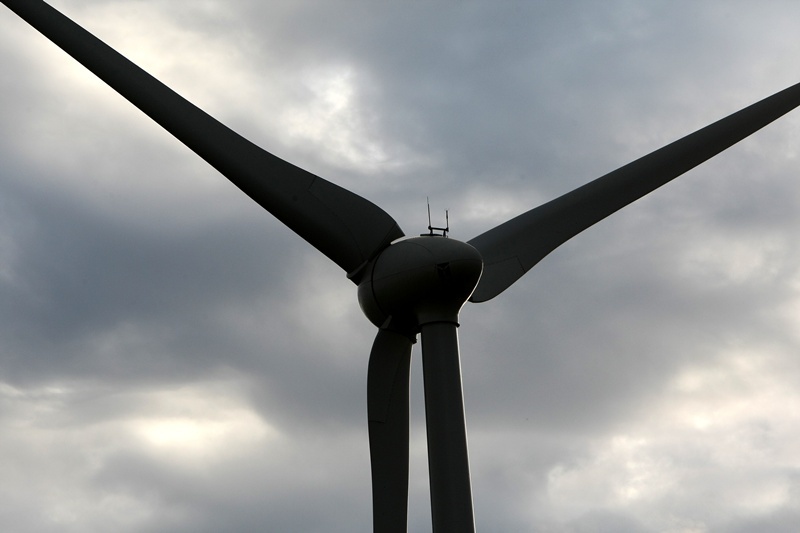Two of Fife’s most controversial windfarm proposals could be given the go-ahead on Tuesday.
Fife Council’s planning committee has been given recommendations to approve a total of eight turbines at Clatto Hill.
There are two separate proposals for the site one lodged by West Coast Energy for five turbines at Devon Wood and another by Douglas Rennie for three at an adjacent site at Clatto Farm.
The proposals have met a tide of local opposition and little in the way of support from councillors.
They were discussed at north east Fife and Levenmouth area committees, with just two councillors backing the plans.
Among the objectors is Clatto Land Protection Group, which has taken its campaign to the Scottish Government in a letter to energy, enterprise and tourism minister Fergus Ewing MSP.
In the letter, seen by The Courier, members challenge remarks made by the minister that all applications are considered on their own merits.
Group chairman Greg Brown wrote: ”Our purpose in writing now is to highlight that our own experience as a community living on or around Clatto Hill in East Fife is profoundly at odds with that.
”What we know to have happened, which also helps explain the inadequacies of the planning service reports, is that the case officer assessing the applications concluded that both should be refused.
”His reports were removed from council committee agendas and he was told to get the recommendations changed to approval.
”It is no surprise that at two area committees of the council meeting last month, councillors saw through the reports straight away. In each of the two committees only one councillor supported approval recommendations.
”In Fife, planning chiefs seem to be running an unwritten policy different from the published ones.
”We don’t know what weight to give this, but there are views around saying that Scottish Government civil servants have been putting pressure on senior planning officials at Fife Council for more windfarm approvals. Our experience has been disillusioning, to say the least. The contrast between the face of public policy on onshore wind with the reality of its implementation was quite a shock.
”The huge rewards available to landowners and developers accruing when planning permission is given to onshore wind projects has led to a great number of speculative applications in Fife.
”Pressure seems to be on planning officials to have a permissive attitude to them wholly outwith the parameters of the policies they are supposed to follow.”
A Scottish Government spokeswoman said: ”We will respond to this letter in due course. Although we are unable to comment on live planning applications, planning authorities and where appropriate the Scottish Government will only allow windfarms to be built where the impacts have been found to be acceptable and unsuitable applications are rejected.
”Every application for windfarm development is assessed against development plan policy and on its merits, taking into account the views of statutory consultees, interested parties, local communities and the public.
”Scottish planning policy and advice makes it clear that developments must always be very carefully sited to ensure that unacceptable impacts on the environment or local amenity are avoided or mitigated.”
